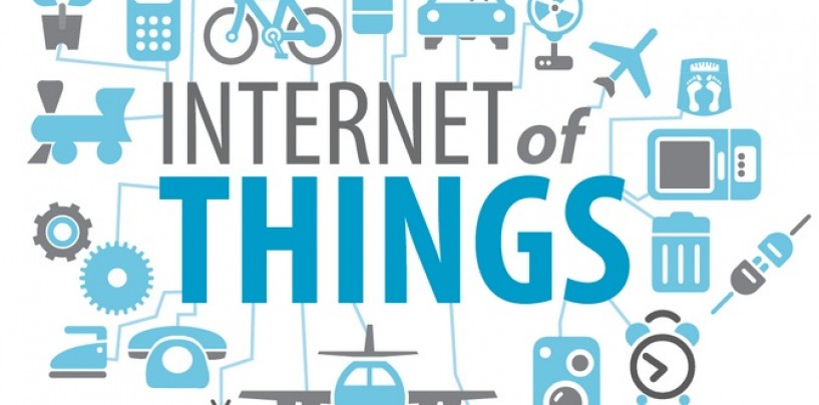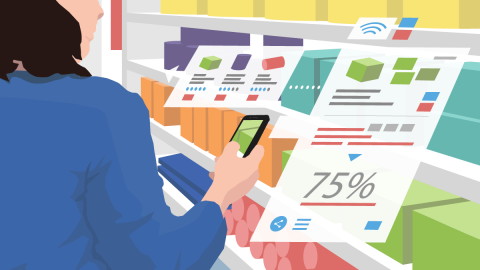Even as much of the tech world fixates on running out of Internet addresses, Deborah Magid from IBM’s venture capital group predicts many more devices not traditionally considered computers will join the Internet.
IBM is seeking to work with governments around the world to tackle societal problems on big projects, such as improving water distribution systems, reducing city traffic congestion, or making the electric grid more reliable and efficient. The computing giant, which makes more than half of its revenue from consulting-led engagements, is also involved in environmental projects, such as monitoring water quality in Galway Bay in Ireland and the Hudson River in New York.
In many of these projects, the proliferation of computing power into more and more devices, often called the “Internet of things,” opens up new possibilities. “You can put technology into places that you could never do before,” said Magid, who says there are already trillions of sensors in use today. “Then you have a foundation to do things that many customers don’t realize is possible.”
Companies, including IBM, have been talking about the Internet of things, or pervasive computing, for many years. But cheaper processors and a higher penetration of broadband networking is making that idea more of a reality, if gradually. The growth of cloud-computing services feeds the trend because embedded processors can now report data to back-end computers systems. For example, adding more sophisticated sensors along the transmissions lines of the electricity grid can collect electricity data, such as voltage and current, and alert grid operators to potential problems before they occur





















